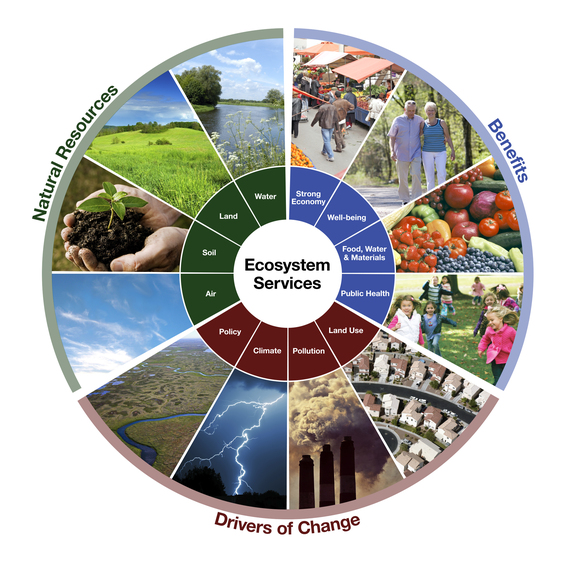Researchers are looking at engineered methods to capture and store carbon dioxide. Each involves known and unknown economic, social and environmental repercussions. Before we employ them, the safest and most sensible strategy to combat climate change consists of two parts. The first is to make the transition from carbon-based to carbon-free energy. Doing so realigns us with that immutable law of physics, “If you want to get out of a hole, first stop digging”.
Second, we should restore and protect the natural ecosystems that store carbon and provide fringe benefits that include water savings, flood protection, wildlife habitat, food security and many other services.
Fortunately, repairs to some of these systems already have begun. In fact, we have a functioning “restoration economy” in the United States that supports 126,000 direct jobs and contributes $25 billion annually to the overall U.S. economy. Its workforce is larger than coal mining, logging or steel production.
At present, the restoration economy is driven largely by environmental regulations. But the economic and social benefits of many ecosystems are so significant that we should not need mandates to use them. Seattle is an example. It is one of many U.S. cities that are saving money by employing natural methods for controlling storm water. Those methods include more vegetation, green spaces and permeable surfaces that allow rain water to soak into the soil rather than becoming runoff that floods communities and pollutes rivers.
“Environmental restoration is increasingly seen as a viable and sustainable way to avoid the costs of conventional infrastructure construction and maintenance,” according to researchers from Yale University, the University of North Carolina at Chapel Hill, and Adam Davis, an ecosystems investment advisory service, with a bit of assistance from Storm Cunningham, author of The Restoration Economy (Berrett-Koehler, 2002).
The current restoration economy includes projects both large and small. (examples follow)

